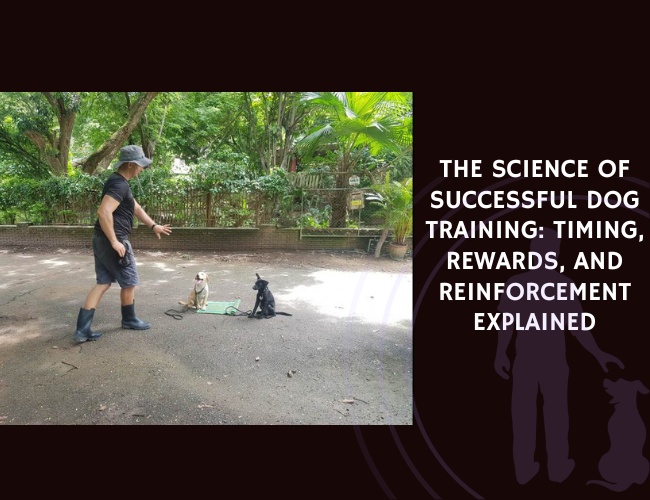Introduction: Why Timing and Reinforcement Matter in Dog Training
The core connection: Timing, reinforcement, and learning
Successful dog training centers on one key principle: making sure dogs know exactly which behaviors lead to consequences. This process relies on two pillars—timing and reinforcement. When you offer a reward immediately after your dog performs a behavior, your dog can clearly connect the two. If the reward is delayed, your dog might become confused or associate the reward with something else it did in those few seconds. Since dogs have a limited ability to link actions to outcomes after only a short delay, promptness is vital for clear communication 🐾.
Building trust through clear associations
Timely reinforcement shapes not just behavior but also trust and confidence between you and your dog. When your timing is sharp, your dog learns what is expected and feels secure in knowing how to earn rewards. This clear feedback helps dogs learn faster, making training more enjoyable for both parties. If a treat arrives several seconds late, your dog may focus on the last thing it did—often not the behavior you wanted to reinforce. Consistency in timing leads to reliability and a smoother training process.
Science-based methods for reliable, ethical training
Modern training draws upon research in learning theory. These studies highlight how crucial precise timing is in creating clear associations between actions and rewards. Science-based approaches favor positive reinforcement for its ability to foster strong, trusting relationships and avoid the negative side effects seen with punishment methods.
Combining correct timing with ethical reinforcement builds communication, trust, and sustainable learning. This sets the stage for deeper understanding of how dogs think and how you can set them up for success.
The Science of Timing in Dog Training
Immediate vs. Delayed Rewards: How Dogs Make Associations
Understanding how dogs link actions and outcomes is at the heart of successful training. Science shows that dogs have limited cognitive ability to connect a behavior with a reward if there is any delay. If your dog sits and you produce a treat even a few seconds later, it may associate the treat not with sitting, but with whatever it was doing in those seconds. This gap easily muddles learning and can result in frustration for both dog and trainer. Researchers emphasize that the shorter the interval between the desired action and the reward, the clearer the message for your canine friend.
The Neurological Foundation for Good Timing
The reason for this limitation is rooted in dog brains. Their learning systems are designed to pair stimuli and outcomes right away. When rewards are immediate, the neural brain pathway for that behavior strengthens, making the action more likely in the future. When rewards are delayed, the pathway does not get reinforced, or worse, the wrong connections are made. Scientific studies confirm that dogs are simply not built to reflect on past actions the way humans do.
Research on Timing Windows for Reinforcement
What is the magic window for delivering a reward? Studies suggest the optimal timing is within 0.5 to 1.5 seconds from the exact moment the behavior occurs. Waiting even as little as five seconds can lead to confusion. This is why trainers often use clickers or marker words—they allow you to “mark” the right action even if there is a short delay before the reward arrives.
Practical Implications
Precise timing not only helps your dog learn faster but also builds trust. Your dog will feel confident knowing exactly what behavior earns the reward. This clarity is key for enjoyable, productive training sessions.
By using immediate, consistent reinforcement, you set the stage for more advanced training techniques and stronger behavior reliability over time. 😊
Understanding Reinforcement Types
What Is Reinforcement in Dog Training?
Reinforcement is the key to getting your dog to repeat good behaviors. The goal is to make what you want more likely to happen again. There are two main types: positive reinforcement and negative reinforcement.
- Positive reinforcement is all about adding something your dog loves, like a treat, praise, or a favorite toy, right after your dog does something you want. This makes your dog think, “That was awesome! I’ll do it again.”
- Negative reinforcement means taking away something unpleasant as soon as your dog behaves correctly. For example, if gentle leash pressure is released once a dog sits, the removal of pressure is the reward. The dog learns, “If I sit, the annoying thing stops.”
Both kinds increase the chances your dog repeats the good behavior, but the way they achieve this is different.
Why Positive Reinforcement Is Best
Positive reinforcement is effective and ethical. Giving a reward helps build trust and an enthusiastic attitude toward learning. It avoids adding stress or fear, which can result from punishment or heavy-handed negative reinforcement.
Research has shown that aversive methods can harm a dog’s well-being and damage your bond. Positive reinforcement, on the other hand, makes training fun and motivates your dog to work with you.
Choosing the Right Reward for Your Dog
Every dog has unique preferences, so finding the right reinforcer is important.
- Treats: Soft, smelly treats usually work well.
- Toys: Some dogs are toy-obsessed and will do anything for a quick tug or fetch.
- Praise or petting: For social dogs, a happy “Good dog!” and some belly rubs make them wag.
Watch your dog’s reaction to different rewards. Some will go wild for cooked chicken but ignore kibble. Others might love a squeaky toy over a snack. Use what makes your dog happy.
Learning how to match reinforcers to your dog keeps lessons engaging and rewarding for both of you. 😊
With a solid understanding of reinforcement choices, you’ll set a positive tone for all your training sessions.
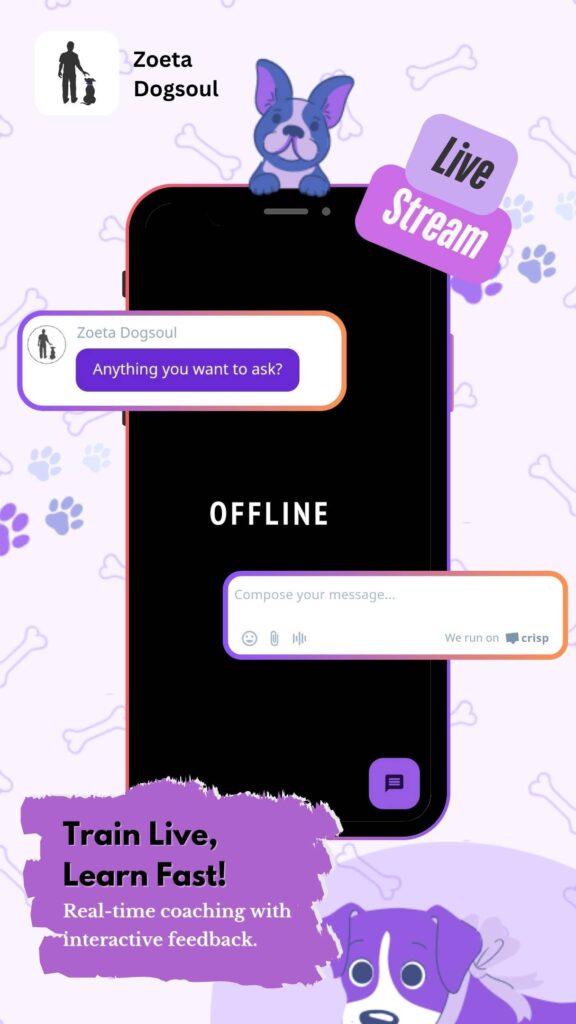
Reinforcement Schedules: The Blueprint for Reliable Behavior
Understanding Reinforcement Schedules
Reinforcement schedules decide when and how often a dog receives a reward for the correct behavior. This small detail has a big impact on how quickly your dog learns and how well that learning sticks. Let’s explore the five main types:
- Continuous: Every correct response is rewarded. For example, your puppy gets a treat every time they sit. This method is great for teaching new commands because it builds a strong connection between action and reward.
- Fixed Ratio: A reward is given after a set number of responses, like a treat every third “down.” This predicts when the next reward will come, keeping motivation steady.
- Variable Ratio: The reward comes after a random number of responses—think of slot machines. The dog never knows exactly when the treat is coming, just that it will. This schedule creates strong, lasting behaviors because the unpredictability keeps the dog engaged.
- Fixed Interval: A treat is given after a set amount of time if the dog maintains the behavior. For example, holding a “sit” for 10 seconds earns a treat.
- Variable Interval: Rewards arrive at random time intervals, provided the behavior occurs. An example is rewarding calm behavior unpredictably every few minutes.
Effect on Learning and Reliability
At the start, continuous reinforcement helps your dog quickly understand what you want. Once the basics are solid, switching to variable schedules like variable ratio or variable interval makes behaviors more reliable. The so-called “slot machine effect” of the variable ratio schedule leads to the most persistent training results—your dog keeps trying, not knowing exactly when the next treat is coming. This method mirrors real-life situations, making learned behaviors last, even when rewards aren’t given every time. 😊
With clear schedules and consistency, dogs stay motivated and responsive—setting everyone up for a positive training experience.
Training Phases and Appropriate Reinforcement Strategies
Building New Behaviors: The Acquisition Phase
When teaching your dog a brand-new skill, start with continuous reinforcement. This means rewarding every correct response right away—think of giving your puppy a treat immediately every time they sit on cue. Immediate and consistent rewards create a strong link between the dog’s action and the positive outcome. At this stage, your timing matters most. Even a few seconds’ delay can confuse your dog, making it unclear what they did right. These early successes lay a solid foundation for all future learning.
Making Skills Reliable: Proofing and Generalization
Once your dog understands a behavior, it’s time to practice in different situations. This is called proofing. Begin to shift from rewarding every response to using variable ratio schedules. With this approach, rewards come after a random number of correct behaviors rather than every single time. For example, you might treat after two sits, then after four, then after one—keeping your dog guessing and engaged. Practicing in various environments with distractions helps your dog generalize the behavior, making it reliable anywhere. Periodically increase the time or number of actions before rewarding, building resilience and focus in your dog.
Keeping Skills Strong: The Maintenance Phase
To maintain what your dog has learned, move to occasional surprise rewards. This mirrors real life—your dog won’t always receive a treat, but will continue behaving well in case a treat is coming. This method keeps training fun and prevents the behavior from fading over time. Remember, going too long without rewarding can lead to your dog “forgetting” the skill, so occasional reinforcement is key.
Effective use of these phases helps your dog become a reliable, confident companion. 😊
Common Timing and Reinforcement Mistakes
The impact of delayed rewards
Effective dog training relies on delivering rewards immediately after your dog performs the desired behavior. If there is a delay, even just a few seconds, your dog may not connect the treat or praise to the correct action. Instead, they might associate the reward with whatever they did right before receiving it—even if it was unrelated, like scratching, looking away, or barking. As a result, your well-meaning reward could reinforce the wrong behavior and leave your dog confused. Clear, fast feedback is essential.
Accidentally rewarding unwanted sequences
A very common pitfall is unintentionally reinforcing a chain of behaviors that includes something undesirable. For example, if your dog barks, then sits, and you give a reward after the sit, your pup may think the full “bark-then-sit” combo is what earns treats. Over time, this teaches them to bark whenever you ask for a sit. To avoid this, only reward the behavior you want—ideally when it happens right away and without extras thrown in before.
Reducing rewards too soon
If you stop rewarding too quickly, especially before a behavior is solid, your dog’s performance can fade or become inconsistent. Dogs need repetition and reliability before they understand a cue is always expected, even if treats aren’t guaranteed. The best practice is to maintain frequent reinforcement until you notice your dog consistently succeeds. Gradually shift to more unpredictable, variable rewards only after that reliability is clear.
Avoiding setbacks through awareness
Staying aware of these common mistakes—reward timing, accidental reinforcement of the wrong action, and reducing treats too early—saves both you and your dog from frustration. This makes learning smoother and keeps your dog eager to work with you. 😊
Paying attention to small details in your timing and reinforcement leads to happier, more successful training for everyone involved.
Mark. Reward. Repeat.
Timing Builds Trust
Training success begins the second a behavior happens. Dogs live in the moment—so should your rewards. Science shows: if you wait too long, the message gets lost. Fast, clear reinforcement creates confidence and speeds up learning.
Not All Rewards Are Equal
Some dogs work for liver, others for love. Matching the right reward to your dog’s motivation fuels focus and joy. Understanding when and how to reinforce behavior makes the difference between confusion and clarity.
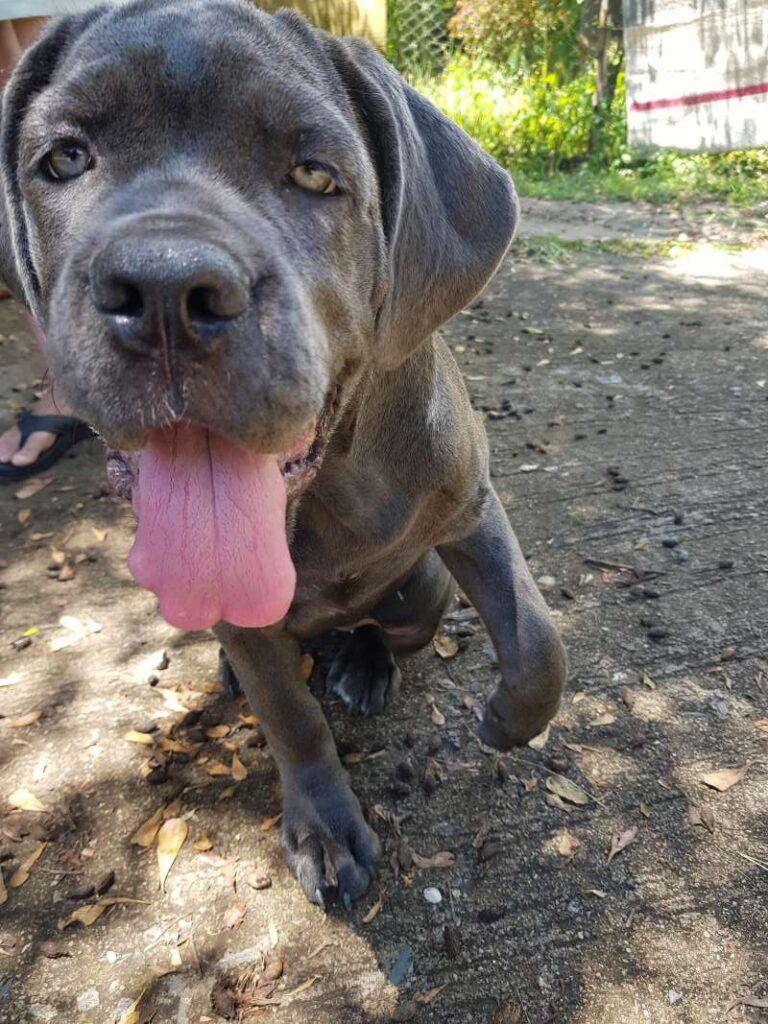
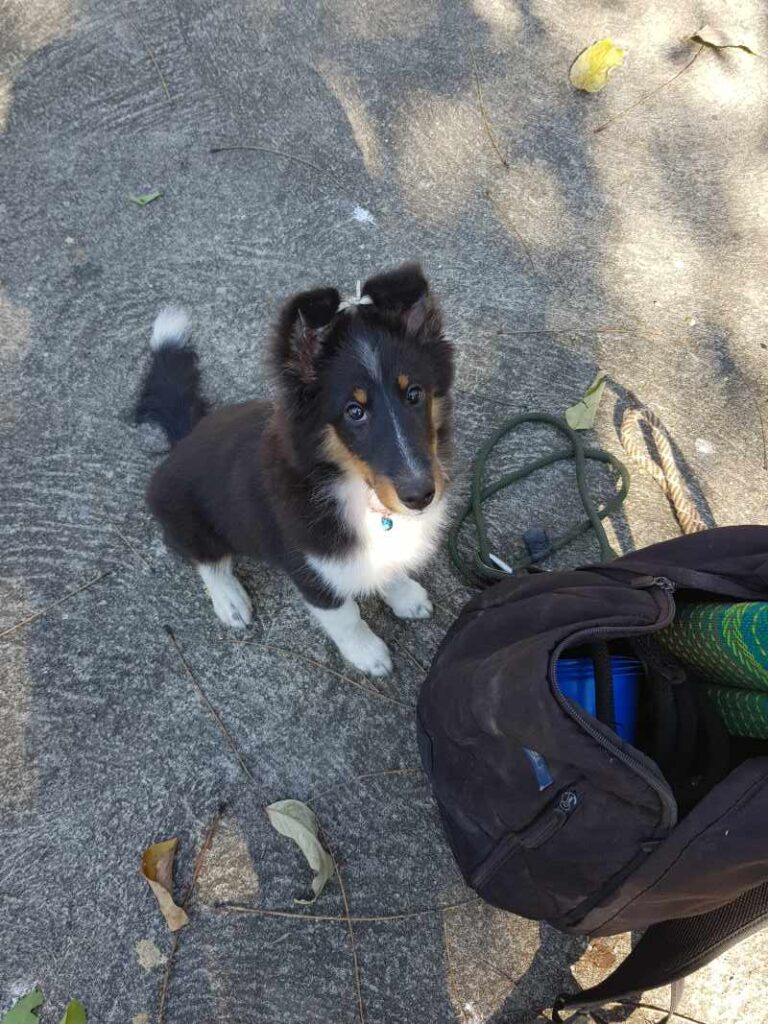
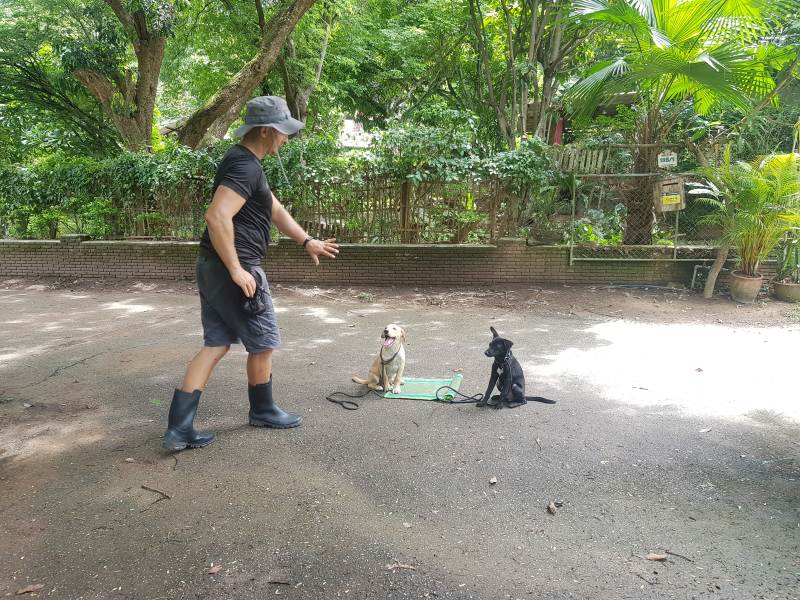
Smart Schedules Create Reliable Dogs
From beginners to pros, every behavior grows through phases. Start with instant rewards, then shift to surprise patterns that keep your dog engaged. It’s not bribery—it’s neuroscience. Precision leads to persistence.
Practical Tools to Improve Your Timing
Bridging Behaviors and Rewards
One of the smartest tools in dog training is the clicker, or using a marker word such as “Yes!” These act as bridges between the moment your dog performs the right action and the time it takes you to give a reward. Pressing a clicker or saying your marker word right as your dog sits, for example, lets your dog know immediately which behavior you liked—even if the treat comes a second later. This clear signal helps prevent confusion and makes learning much faster and more fun for both you and your pup. 😊
Consistency Among Handlers
Whenever more than one person is involved in training, all handlers should use the same commands, signals, and reinforcement strategies. Every person should aim for the same timing when marking and rewarding good behavior. If some family members reward immediately while others wait, your dog can become confused, slowing the learning process or even creating unwanted habits. Keeping everyone on the same page helps your dog feel secure and makes training more effective.
Building Better Timing Through Practice
Improving timing is a skill that develops with awareness and repetition. Here are some tips for getting better:
- Practice with a clicker without your dog first—watch videos of dogs performing tricks and see if you can “mark” the behavior at just the right instant.
- Keep rewards handy and be ready to deliver them right after marking the behavior.
- Watch for cues from your dog; their body language can hint when they’re about to perform a behavior so you can prepare.
- Reflect on your training sessions and adjust your approach as needed.
Mastering these tools will make your training sessions smoother, building clearer communication and a stronger bond with your dog. As your partnership grows, so too will your dog’s ability to understand and respond to you with confidence.

Personalizing Reinforcement Strategies
Tailoring Reinforcement for Your Dog’s Unique Needs
Every dog is different! When it comes to reward schedules and training strategies, factors like age, breed, temperament, and training history play a huge role. For example, young puppies learn best with frequent, consistent rewards. An older dog with some training experience can usually handle longer gaps between treats. Breed matters too—some breeds, like border collies, are highly motivated by games or work, while other breeds may need tastier treats to stay interested.
A dog’s temperament also shapes your approach. High-energy dogs might thrive on play as a reward, while shy dogs may prefer gentle praise. Always consider your dog’s past experiences. If your dog previously struggled with harsh methods, positive reinforcement and patience are key to rebuilding trust.
Choosing the Right Level of Reward
Not all rewards are created equal! In calm or low-distraction settings, simple praise or a small treat may work. However, during challenging sessions or when practicing new skills, you may need to bring out high-value rewards, such as cheese or a favorite chew. Having a mix of reward types helps. Use:
- High-value rewards for new or difficult tasks
- Low-value rewards for easy, already-learned behaviors
- Occasional big surprises to keep things exciting
Switching up rewards keeps your dog motivated and eager to work with you! 😊
Building a Flexible, Evolving Plan
Dog training is not set-and-forget. As your dog learns, their needs change. At first, give lots of quick rewards for each success. As skills improve, shift to variable schedules—rewarding some, but not every, correct behavior. This “slot machine” effect builds reliable habits.
Keep watching your dog’s response. If interest drops, increase your rewards. If behaviors are solid, reduce rewards slowly. This adaptive approach creates lasting, happy success for both you and your dog!
With this knowledge, you’re ready for the next step in creating effective, evidence-based training sessions tailored to your dog’s progress.
The Research Behind Effective Dog Training
Foundations in learning theory
Dog training methods today are built on a solid scientific foundation, starting with classical and operant conditioning. Ivan Pavlov’s classical conditioning showed that dogs learn by making associations. For example, ringing a bell before feeding time taught dogs to expect food at the sound, even if no food was present. This discovery forms the basis of how dogs link cues with actions.
B.F. Skinner expanded this understanding with operant conditioning, focusing on how consequences shape behavior. If a behavior, like sitting on cue, is followed by something good (such as a treat), the dog is more likely to repeat it. These early insights help us appreciate the importance of immediate, consistent feedback in training.
Insights from modern canine cognition
Recent research goes further, exploring how dogs actually process training. Studies show dogs have a limited window to connect rewards with their actions—if the reward is delayed, they might miss the point. For instance, research by Browne in 2015 points to an optimal window of 0.5 to 1.5 seconds for reinforcement. Beyond that, the clarity of the learning experience drops, making training less effective.
Latest research and its impact
Modern researchers, confirm that using appropriate timing and methods not only improves training results but also helps prevent unwanted behaviors. Duranton and colleagues highlight how precise timing helps dogs synchronize their behavior with expectations, leading to a stronger connection between handler and dog. Comparative studies with other animals also support these findings, showing that reward timing matters across species.
This blend of historical theory and modern research gives us confidence in our training approach. It helps ensure training is both effective and kind, creating a relationship built on clarity, consistency, and trust. 😊
Ethical Considerations in Reinforcement-Based Training
The Hidden Costs of Punishment-Based Methods
Using punishment in dog training can create serious ethical and emotional concerns. Recent studies have shown that aversive training tools—like shock collars, harsh corrections, or intimidation—lead to poor welfare outcomes for dogs. Dogs exposed to punishment may develop anxiety, fear, or even aggression. They are more likely to avoid their handler, show stress behaviors, or struggle to learn new cues. Research highlights that aversive training increases the risk of problem behavior and damages trust between the dog and the person.
Why Positive Reinforcement Is Better
Positive reinforcement means rewarding your dog for the right behaviors, such as giving a treat, a toy, or praise. This approach is not only more humane but also more effective. When you reward good behavior, your dog learns to repeat it and feels secure with you. Training becomes a team effort instead of a battle. Positive reinforcement boosts confidence, builds a stronger bond, and creates a safe environment for learning.
Striking the Balance: Effective and Ethical Training
To train your dog well, choose methods that lead to lasting learning without harming your dog’s well-being. Positive reinforcement, combined with clear timing and consistent routines, gives you the results you want—without stress for your pet. Remember that each dog is an individual, so tailor your approach for their age, background, and temperament. The goal is a reliable, happy companion who trusts you and enjoys working alongside you.
By focusing on ethical, science-based techniques, you will not only see better training outcomes but also foster mutual respect and trust. This mindset forms the foundation for every successful dog-handler partnership. 😊
Conclusion: Mastering the Art and Science of Dog Training
Building Lasting Success with Science
Mastering the principles of timing and reinforcement offers lifelong rewards for both dog and handler. By understanding how immediate rewards and structured schedules impact learning, you set a strong foundation for reliable, enjoyable behavior. Research has repeatedly shown that the right timing—delivering reinforcement within 0.5 to 1.5 seconds—builds clear associations in your dog’s mind, making training smoother and more effective.
Beyond just “commands,” these techniques foster a trusting, positive relationship. When training relies on positive reinforcement, your dog learns with confidence instead of fear. Each reward signals that they are making the right choice, which strengthens your bond and encourages them to keep trying. Avoiding punishment-based methods not only protects your dog’s welfare but also nurtures a safer, more joyful training environment.
Bringing Science Home
Applying these science-backed techniques to everyday training translates theory into real-world results.
For example:
- Use continuous reinforcement at first for new behaviors, rewarding immediately every time.
- Switch to variable schedules as your dog becomes more skilled—this keeps behaviors durable and interesting.
- Tune your approach to your dog’s individual needs, considering their personality, age, and motivation.
Simple tools like clickers or marker words help bridge gaps in timing, making reinforcement clear even when immediate delivery isn’t possible. Staying consistent—across family members and routines—ensures your dog gets the same clear message every time.
A Journey, Not a Destination
Every session is a chance to build trust and reinforce skills. When you make timing and reinforcement a habit, you shape not just a well-mannered pet but a confident, happy companion for life. Keep practicing, observe your dog’s feedback, and enjoy the journey together! 🐾

